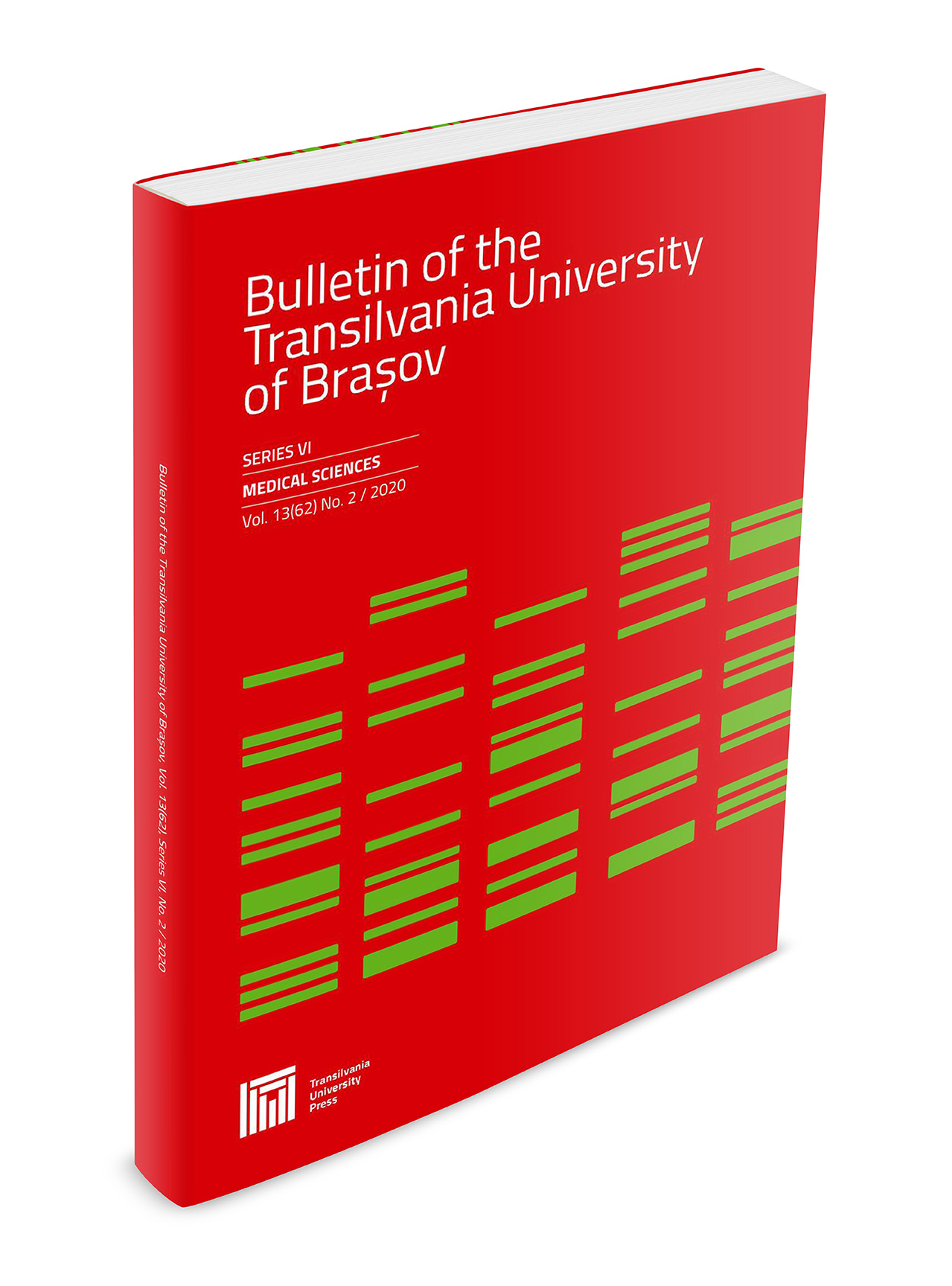Risk Factors and Aetiological Agents of Urethritis in Men with Urethritis in Brașov County
DOI:
https://doi.org/10.31926/but.ms.2020.62.13.2.5Keywords:
sexually transmitted diseases, urethritisAbstract
Introduction: Despite advances in the diagnosis and treatment of urethritis, they remain a global public health problem worldwide. Patients with urethritis have a higher risk sexual behavior than the general population. Aim: The aim of the study was to evaluate the risk factors and the etiological pathogens of urethritis in men among Brașov county. Patients and methods: A retrospective study was conducted in Medlife-PDR Clinic from Brașov, România, from Jan 2016 to Nov, 2020. 111 male patients aged from 17 to 78 years (mean age 34.5±10.26) presenting with dysuria, micturition discomfort and/or urethral discharge were included in the study. Results: The highest incidence of urethritis was among men aged 21-40 years. The acquisition of urethral infection was related to their young age, low educational level, multiple sexual partners and lack of condom use, most having extramarital relations including commercial sex. N. gonorrhoeae was identified as a causative agent in 18 (16.22%) patients with urethritis, C. trachomatis in 39 (35.14%) patients, Mycoplasma spp. in 5 (4.5%) patients, Ureaplasma spp. in 30 (27.03%) patients, Trichomonas vaginalis in 6 (5.4%) patients. A concurrent infection with N. gonorrhoeae and C. trachomatis was identified in one patient (0.01%). In 12 patients (9.9%) other infectious agents were identified and in one case the aetiological agent could not be identified (0.01%). Conclusion: By identifying risky sexual behaviors, clinicians may be able to provide educational counseling as well as assistance in the diagnosis and treatment of urethritis.



